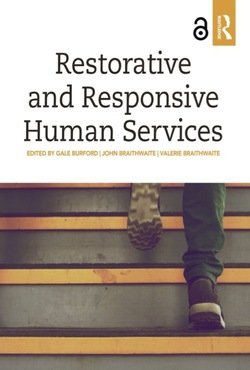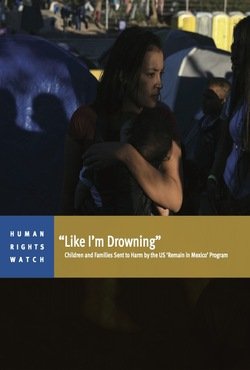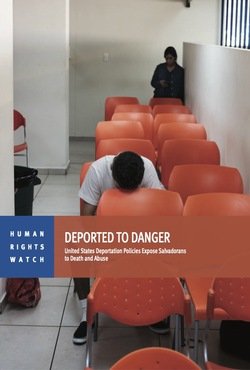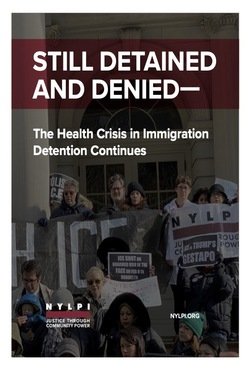By The Global Detention Project
Mexico has one of the largest immigration detention systems in the world, employing several dozen detention centres—euphemistically called estaciones migratorias—and detaining tens of thousands of people every year. Intense pressure from the United States and continuing migration from turmoil-wracked Central America have helped drive up detention numbers, which surpassed 180,000 in 2019. The COVID-19 pandemic further stressed the country’s migration response. It temporarily released most detainees after the onset of the pandemic even as the United States continued deporting both Mexican and third-country nationals to Mexico. In late 2020, the country adopted reforms to its migration law prohibiting the detention of all children, though many observers expressed scepticism over whether it would be respected.
Geneva: Global Detention Project, 2021. 37p.





















